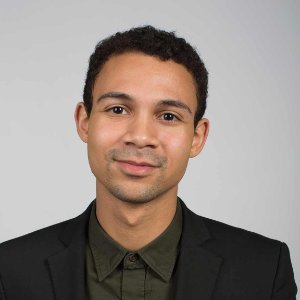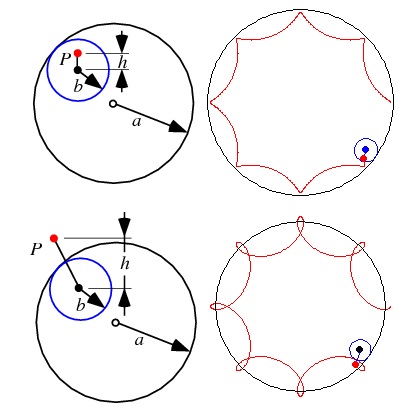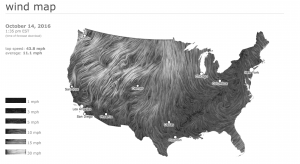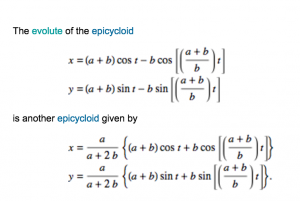
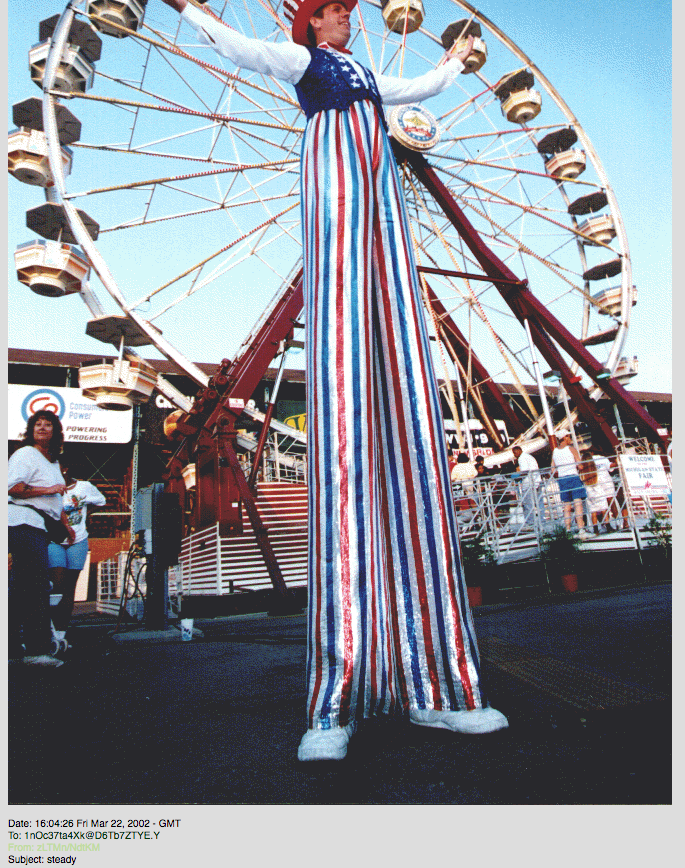
I thought the post MREYES-LOOKINGOUTWARDS-SYNCRO MAIL – UNCONSCIOUS COLLECTIVE by Mreyes posted in 2016 was interesting so I decided to look into this project. This website by Lisa Jevbratt sends a photo paired with a word to a user and documents the content of every sent email. Like the author, I also enjoyed seeing the interaction between people. Not only did this project show the relation between the sender and the receiver, but also the people who were being tied together through the same images.

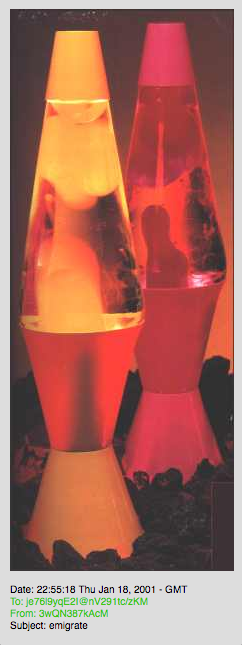
I think the author did a great job of explaining the possible underlying algorithms of the work, but to be more specific, each image is generated using the last 24 numbers of each user’s IP address. Unfortunately, the website is no longer running, but if it was, according to Mreyes’s assumption that the software randomly chooses images from Google and the fact that every two minutes, humans take more photos than ever existed in total 150 years ago, you would see the change of images on the web through the years. In this sense, this project is like a time capsule that adds something every day.
Mreyes was not sure of the artist’s intentions, but in my opinion, the artist is trying to make the point that many events are not causal, they are synchronistic, or coincidences in time which is a romantic thought.
Links:
![[OLD – FALL 2016] 15-104 • COMPUTING for CREATIVE PRACTICE](../../../../wp-content/uploads/2020/08/stop-banner.png)


